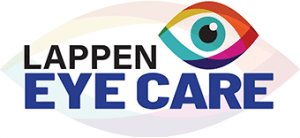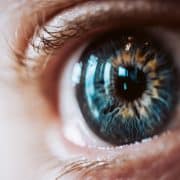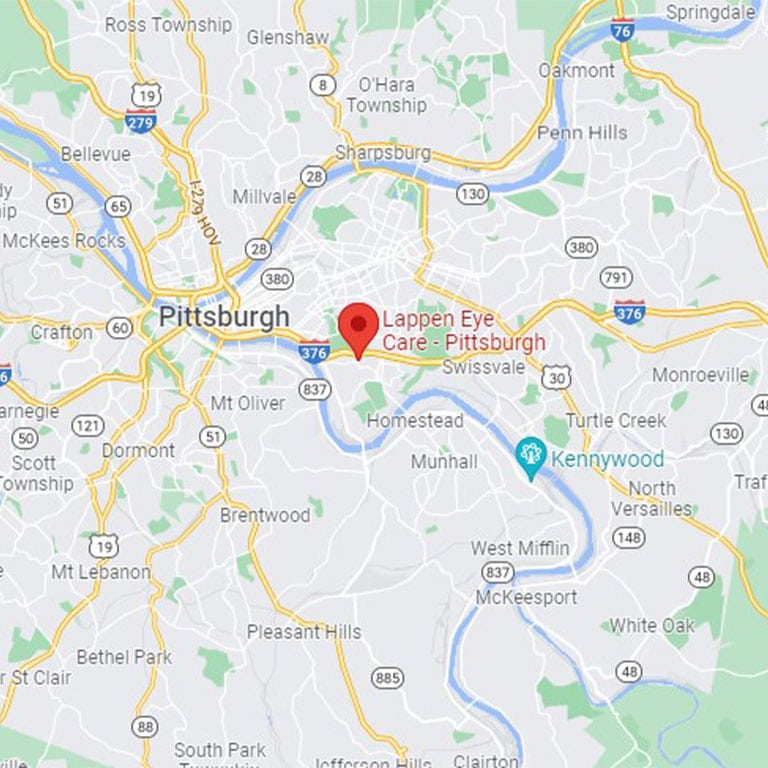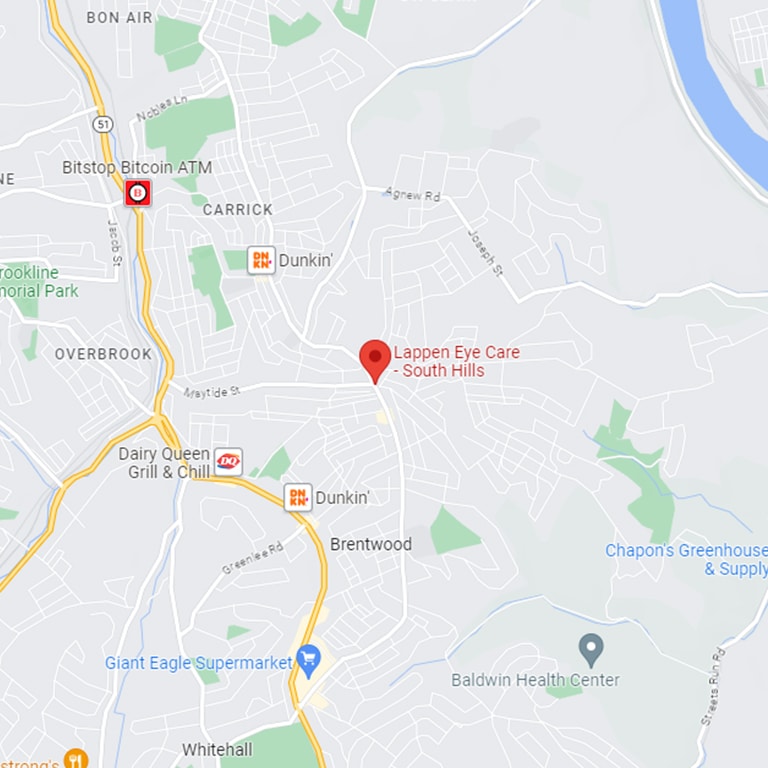Can Near-Sightedness Lead to Lazy Eye?
Can Near-Sightedness Lead to Lazy Eye?
Nearsightedness and lazy eye are common conditions in Pennsylvania. If you’re wondering if there’s a connection between the two, it’s worth understanding how they both work and whether one can lead to the other.
How Lazy Eye Works
The human body has a way of compensating for deficiencies, and your eyes are no exception. If one eye is stronger, the brain will suppress the signals from the weaker eye. If a person is nearsighted in both eyes at roughly the same prescription, then it’s very unlikely that they’ll develop a lazy eye in McMurray, PA. However, the odds go up if one eye is significantly more nearsighted than the other.
Tips for Monitoring Both Conditions
Many people diagnosed with myopia (nearsightedness) will never have to worry about a lazy eye. The biggest risk factor is severity. The more uneven the condition, the more likely it is to lead to a lazy eye. Kids and adults with extreme nearsightedness in both eyes may develop strabismus. This is a condition where the two eyes point in different directions and can lead to lazy eyes.
It’s important to notice where the child’s eyes are pointing and whether they’re straining to see what’s around them. You should also be in touch with your optometrist in McMurray, PA. A reputable doctor will record the symptoms and the changes so they can accurately assess the risks.
Where to Treat a Lazy Eye in McMurray, PA
Luckily, there are ways to correct everything from lazy eye to myopia. At Lappen Eye Care, with locations in Greensburg, Pittsburgh, and McMurray, our staff can tell you more about which treatments will work best. To learn more or to schedule an evaluation, contact us today.






